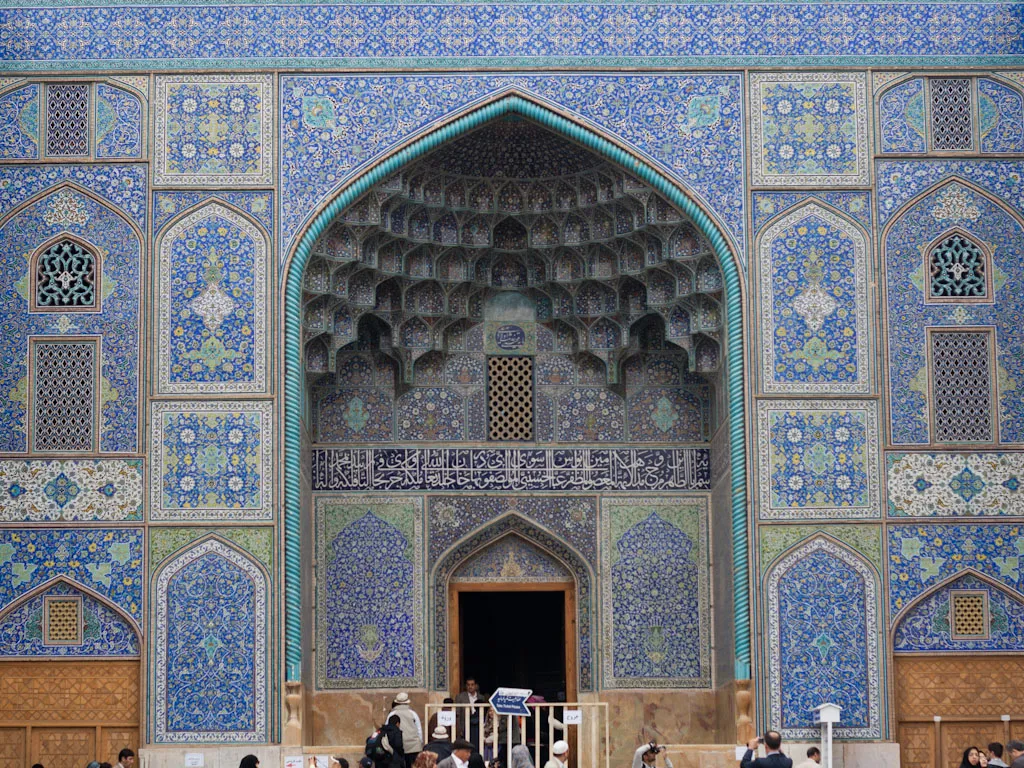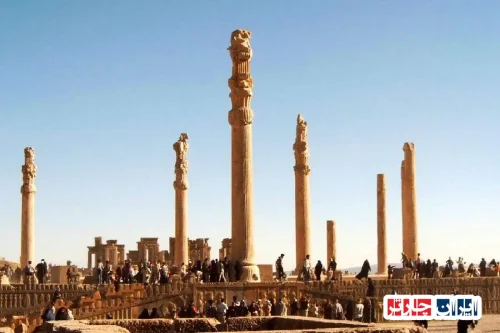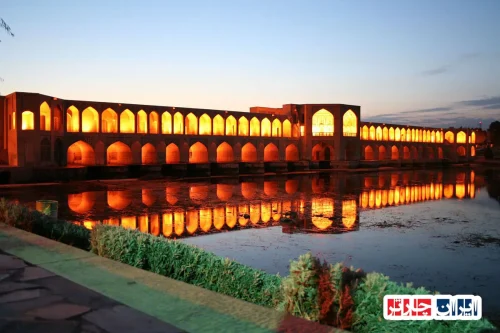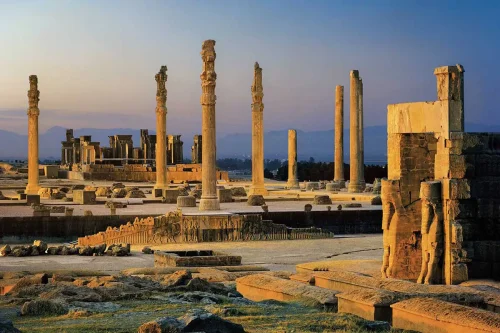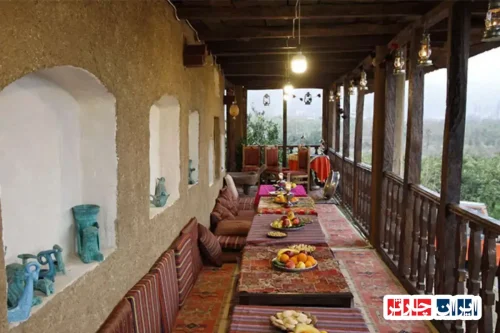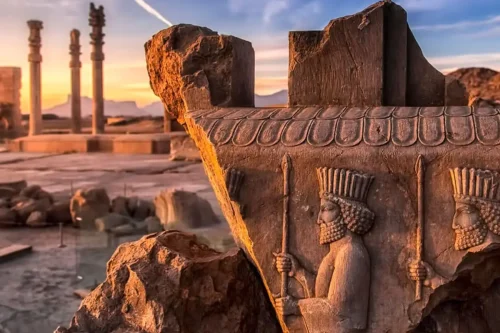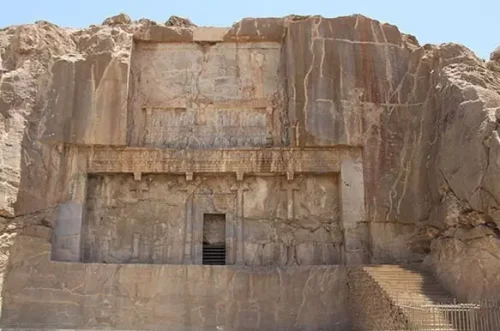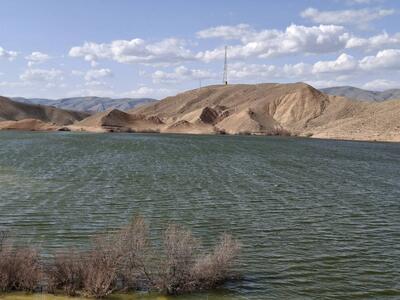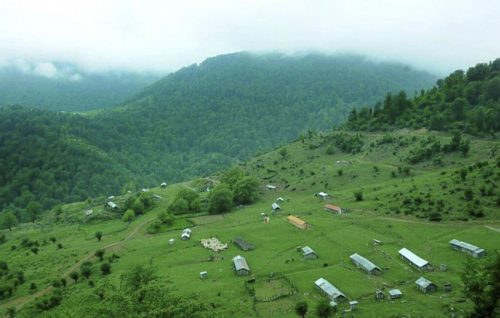Implementing Four Restoration Plans to Enhance the Emergency Conditions of Seyed Mosque in Isfahan
Isfahan – IRNA – The Director of Cultural Heritage of Isfahan Province announced the implementation of four restoration plans to improve the emergency conditions of the Seyed Mosque dome house in Isfahan, which has suffered serious damages due to asymmetric subsidence. According to IRNA, Seyed Mosque is one of the historical mosques in Isfahan, dating back to the Qajar era, but neglect in recent years has resulted in adverse conditions with signs such as cracks and asymmetric settlement worsening the mosque’s situation. The Deputy Director of the Cultural Heritage Department previously stated to IRNA that, based on images and speculations, the movement of the southern wall of Seyed Mosque and its dome house is significant, thus prioritizing budget allocation for this mosque’s rescue. Experts believe the main reason for the challenging conditions of the dome and the dome house of Seyed Mosque is the depletion of regional aquifers. Moreover, the historic monument is also at risk due to asymmetric subsidence effects, compounded by multiple management layers and lack of unity and cooperation among the relevant institutions.
Accordingly, the Director of Cultural Heritage, Tourism, and Handicrafts of Isfahan Province announced the latest status of this mosque, which was under scrutiny since last year’s maintenance challenges reported by IRNA, stating that its monitoring began last year. Amir Karamzadeh added that these inspections commenced given the evident signs of subsidence infiltration around Seyed Mosque. He said: The results of scientific investigations by the experts of this directorate reveal that the phenomenon of subsidence has become prevalent in the western dome house and nave structures, threatening the mosque’s historic edifice. He explained: Since winter last year and by the end of the first half of this year, four restoration plans, including the restoration and sealing of the southern dome house roof and the southern nave, as well as the restoration of the muqarnas tilework in the western and eastern mosque areas, have been implemented. Karamzadeh described the most critical restoration project in this historic mosque as the strengthening of the southern nave and dome house floors, stating that this part of the building had suffered severe damage due to the region’s weak soil and subsidence infiltration. Over the past six months, a comprehensive operation strengthened the entire floor over an area exceeding 400 square meters. He noted that this historic mosque has sustained serious damages such as subsidence threats to the dome structure, an outdated electrical system, frequent collapse of tile decorations, and significant damage to the unique wooden window decorations, especially affecting the mosque’s Chehelsotoun building. He stated that given this complex does not fall under this directorate’s jurisdiction and has two trusteeship councils, it requires special attention from relevant authorities and immediate cooperation to protect this historic mosque adequately.
The Importance of Implementing Four Conservation Plans in Seyyed Mosque, Isfahan
The implementation of four conservation plans plays a crucial role in preserving and maintaining the historical Seyyed Mosque in Isfahan during emergencies. These measures not only reinforce the physical structure of the mosque but also significantly aid in preserving the cultural and religious values of this site. Considering its historical significance dating back to the Qajar era, investing in its restoration and improvement is essential.
Main Causes of Damage to Seyyed Mosque, Isfahan
The Seyyed Mosque in Isfahan has suffered significant damage due to various factors, including asymmetric subsidence effects and the depletion of the region’s aquifers. These factors have led to the instability of the mosque’s physical structure and reduced its overall integrity. Additionally, multi-faceted management and lack of coordination among relevant authorities have exacerbated the issues.
The Role of Subsidence Effects in the Deterioration of Seyyed Mosque, Isfahan
Ground subsidence has significantly contributed to the deterioration of Seyyed Mosque in Isfahan. The effects of subsidence have caused cracks and asymmetric settlements in the mosque’s structure, severely affecting its physical integrity over time. Immediate and precise conservation actions are required to prevent further deterioration.
The Impact of Neglect on the Historical Mosque
The neglect encountered by Seyyed Mosque in recent years has created unfavorable conditions for this historical building. The lack of regular maintenance and failure to address initial damage indications have resulted in current challenges that now require comprehensive and sustained solutions.
Rectification Actions at the Southern Wing of Seyyed Mosque, Isfahan
The southern wing of Seyyed Mosque in Isfahan, owing to significant movement resulting from subsidence effects, has been prioritized for conservation plans. This section of the mosque has faced severe damage and demands immediate rescue to preserve its durability and prevent further deterioration.
Influence of Multi-faceted Management on the Preservation of Seyyed Mosque
Multi-faceted management and lack of integration among responsible entities are considered key factors in the damage to Seyyed Mosque in Isfahan. This situation has led to lack of coordination in implementing conservation plans and delays in making essential decisions for the mosque’s protection.
Conservation Projects Implemented in Seyyed Mosque, Isfahan
From last winter until the end of the first half of this year, four conservation projects have been carried out in Seyyed Mosque, Isfahan. These projects include the restoration and grouting of the roof of the southern nave and dome chamber, restoration of tiled surfaces on the western and eastern wings, and reinforcement of the floor in the southern nave and dome chamber. These activities have improved the overall condition of the mosque.
Serious Damages to the Structures of the Historical Mosque
Seyyed Mosque in Isfahan is facing several significant damages, including the risk of subsidence damage to the dome structure, an outdated electrical system, recurring falling of tile decorations, and damage to the wooden window decorations. These damages require urgent and comprehensive conservation actions to prevent the complete destruction of the mosque.
Need for Support and Attention from Officials to Optimally Protect Seyyed Mosque
Given the numerous and complex problems facing Seyyed Mosque, Isfahan, it requires urgent support and special attention from the relevant authorities. Immediate cooperation and assistance from the Isfahan Province’s Cultural Heritage and Tourism Directorate are essential to optimally protect this historical monument and improve its emergency conditions.
Frequently Asked Questions
- What restoration plans have been implemented for the emergency improvement of Seyyed Mosque, Isfahan?
- Four restoration plans, including restoration and grouting of the southern nave and dome chamber’s roof, restoration of tiled muqarnas on the western and eastern wings, and reinforcement of the southern nave and dome chamber’s floor, have been executed.
- What factors have caused severe damage to Seyyed Mosque, Isfahan?
- Main factors include asymmetric subsidence effects, cracks and asymmetric settlements, depletion of regional aquifers, multi-faceted management, and lack of integration and cooperation among relevant entities.
- Which part of Seyyed Mosque was the main focus of restoration plans?
- The main focus was on the southern wing of the mosque and its dome chamber, prioritized due to significant movements and severe damage from subsidence.
- What impact has the depletion of regional aquifers had on Seyyed Mosque, Isfahan?
- The depletion of regional aquifers has intensified the phenomenon of subsidence and its infiltration into the building, aggravating the mosque’s underlying damage.
- What is the role of multi-faceted management in the damage to Seyyed Mosque, Isfahan?
- Multi-faceted management and lack of integration and cooperation among relevant authorities have led to inadequate attention and increased building damage.
- When did the monitoring activities for Seyyed Mosque start?
- Continuous monitoring began last year following signs of subsidence infiltration around the mosque area.
- What threats have been posed to the dome chamber structure of Seyyed Mosque, Isfahan?
- Subsidence phenomenon manifested in the naves and the western dome chamber structure has posed serious threats to the mosque’s historical building.
- What restoration actions have been undertaken from last winter to the end of the first half of this year?
- The execution of four restoration plans, including restoration and grouting of the southern nave and dome chamber’s roof, restoration of tiled muqarnas on the western and eastern wings, and reinforcement of the southern nave and dome chamber’s floor.
- How has the reinforcement of the southern nave and dome chamber’s floor been carried out?
- Due to the loose soil in the area and subsidence phenomenon, the floor has been reinforced over a period of six months in an extensive operation covering more than 400 square meters.
- What other serious damages have occurred to Seyyed Mosque, Isfahan?
- Serious damages include risks from subsidence to the dome structure, a worn-out electrical system, frequent falling of tile decorations, and damage to the wooden window decorations, especially the mosque’s Chehelsoton.
- Why does Seyyed Mosque, Isfahan require special attention from relevant officials?
- Because the ensemble has two governing boards, and without immediate cooperation and assistance from relevant officials, optimal protection of the historical mosque will be impossible.
- When did the Director-General of Isfahan Province’s Cultural Heritage, Tourism and Handicrafts become aware of Seyyed Mosque’s situation?
- The Director-General had been following the precarious maintenance situation of Seyyed Mosque since last year and announced that monitoring began from that time.
- What did the Acting Deputy for Cultural Heritage of Isfahan Province say about Seyyed Mosque?
- The Acting Deputy stated that based on images and speculations, the southern wing and dome chamber of the mosque have exhibited significant movement, with its rescue being a budgetary priority.
- What issues exist in Seyyed Mosque’s electrical system, Isfahan?
- The electrical system of Seyyed Mosque in Isfahan is outdated and needs repair and renovation.
- Why do the tile decorations in Seyyed Mosque fall repeatedly?
- Repeated falling of tile decorations is due to structural damages and poor maintenance conditions of the building.
- How can damage to the wooden window decorations in Seyyed Mosque be prevented?
- By restoring and protecting the unique wooden window decorations and applying proper maintenance methods, further damage can be prevented.
- Why has the Chehelsoton of Seyyed Mosque, Isfahan been damaged?
- The Chehelsoton structure has been damaged due to subsidence phenomena and damage resulting from structural weaknesses and inadequate maintenance.
- What is the role of governing boards in managing Seyyed Mosque, Isfahan?
- The governing boards are responsible for overseeing and decision-making in the maintenance and protection of the mosque, but lack of coordination among them has caused management issues.

